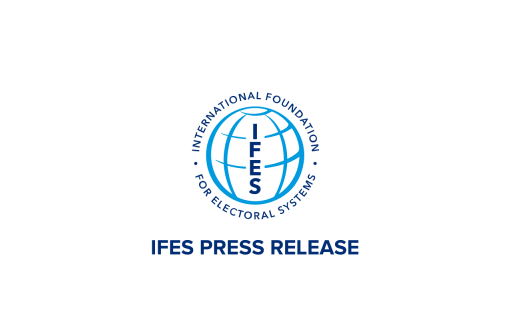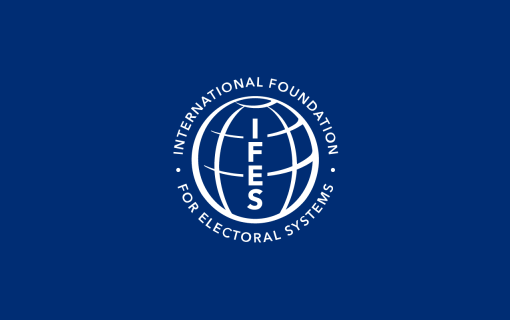IFES Supports New Biometric Voter Registration System in Yemen
Since 2012, the International Foundation for Electoral Systems (IFES) has been providing technical assistance to Yemen’s electoral body, the Supreme Commission of Elections and Referendum (SCER), to develop and implement the country’s new biometric voter registration system (BVR). In May 2014, the SCER conducted a pilot test of the new system, registering nearly 19,000 individuals out of a total estimated voting age population of 24,000 in a single electoral district in the capital of Sana’a.
Managed by the SCER, Yemen’s voter register was initially established in 1993 following the 1990 unification of the northern Arab Republic of Yemen and the southern Socialist Republic of Yemen. Typically updated on a biennial basis, the paper-based register had not been updated since 2008. In 2011, political protests broke out against the regime of former President Ali Abdullah Saleh who had ruled Yemen for 33 years. In November 2011, Saleh relinquished power as part of an agreement brokered by the Gulf Cooperation Council (GCC) and the international community. The GCC Agreement called for a new presidential election in February 2012.
Given that there had been no update to the voter registry since 2009 and in order to provide all eligible citizens the opportunity to vote in the February 2012 election, the SCER introduced a regulation that allowed any citizen to vote as long as they had proof of age using an official government document or identification. These provisions were exercised at all voting centers throughout the country. Saleh’s former Vice President Abd Rabbuh Mansur al-Hadi ran unopposed and was elected with 99.8 percent of the vote.
However, one of the major electoral milestones in the GCC Implementing Mechanism required that a new voter registry be developed; something that had long been a source of political controversy and a primary reason for the lack of political confidence in the integrity of the electoral process. Following the 2012 presidential election, IFES undertook an assessment that produced recommendations for the SCER’s consideration that identified a number of options for the development of a new national voter register. The assessment listed the strengths and weaknesses of each option and was meant to facilitate debate, not only within the SCER, but also among the major stakeholder groups (such as political parties and civil society organizations), so that agreement could be reached on a way forward. Following the re-appointment of a new SCER in late November 2012, IFES sponsored a trip made up of SCER and senior political party officials to Kenya to observe the implementation of a new BVR-based voter registry. In January 2013, a two-day workshop was held with electoral stakeholders, including the SCER, political party leaders, and key government representatives to discuss the development of a new voter registry, during which time a consensus decision was reached to adopt a new biometric-based voter registry.
Specifically, the BVR would address numerous weaknesses of the paper-based system, including: easier identification of duplicate registrations; ensuring that the matching and verification process is not dependent on spelling and data entry processes; and reducing the opportunity for the inclusion of underage and “ghost” voters into the register. In addition, an agreement was reached between the SCER and the Civil Registry Authority (CRA) to share the final version of the data collected (as well as the database software program) by the BVR process, so that the CRA could use it to build the new civil register.
For the next year, IFES supported the SCER through the development of the technical specifications for all hardware and software components of the new system and provided vendor oversight throughout the development and installation process. Following internal testing within the SCER, a pilot project registration process took place in electoral district number 10 in Sana’a governorate from May 10-29, 2014. During this time, 72 registration committee members deployed in teams of three across five registration centers. Each committee member was responsible for a different component of the registration process including: 1) assessing registrant eligibility; 2) performing the digital registration; and 3) issuing the registration receipt and completing the corresponding manual voter register. As technicians became more experienced in using the equipment, the average length of time for digital registration decreased from 10 to five or six minutes per person.
In late June, IFES and the SCER, together with the United Nations Development Programme, conducted a lessons learned workshop to assess the pilot registration process and identify technical, operational, training, and voter education gaps prior to the nationwide roll-out anticipated to begin in the fall of 2014. Over the coming months, IFES will be working together with the SCER and national and international stakeholders to implement recommendations from the pilot in order to register approximately 13 million voters prior to the Constitutional Referendum planned for early 2015.









